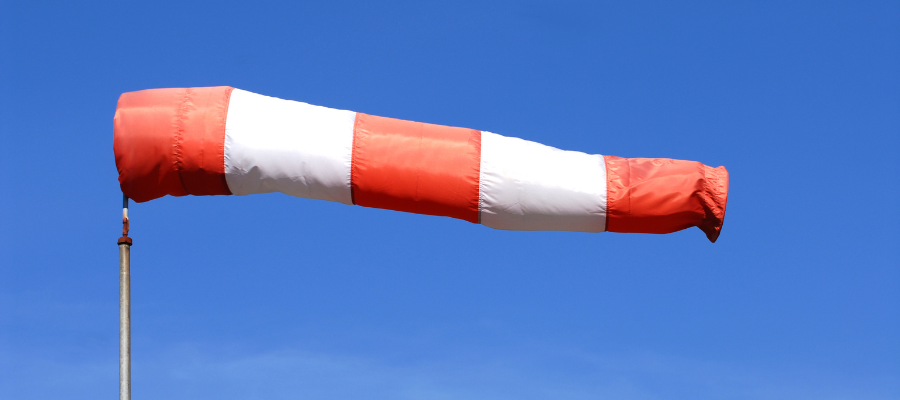How To Drive Safely in Windy Weather

Published 25 October 2022
If your vehicle is susceptible to high-wind conditions, consider delaying your journey until weather conditions improve. Gusts of just 30 to 40 mph can make driving significantly more dangerous. If you can’t avoid making a car journey, the following tips will help you stay safe driving in windy conditions.
Before You Travel
Plan Your Route
Plan your route to find the one less exposed to high winds. Routes to avoid include:
- exposed bridges,
- exposed overpasses,
- tunnels,
- mountainous regions.
Tip: When there are high winds in the forecast, avoid using roof boxes that increase the car’s susceptibility to crosswinds.
Pack Supplies
Keeping an emergency kit in your car at all times is a good idea, especially when there is a chance the weather could disrupt your journey.
As a minimum pack:
- first aid kit
- warm clothes
- drinking water
- snacks
- power bank so you can charge your mobile
Read more: Create Your Own Winter Car Kit
Watch the Weather Report
If your local news advises that it is not safe to drive, then don’t risk it. Plan your journey in accordance with the weather.
Driving in Windy Weather
Slow Down
High winds affect handling and braking. You have less control of a vehicle the faster it is moving, and you have less time to react. Driving slowly helps you maintain control of your car, even when a sudden gust happens.
Watch Out For Exposed Areas
Areas of road which are open tend to be susceptible to strong side winds, such as where there is a gap in trees, buildings or on bridges and when passing high sided vehicles.
Gusts of wind can cause your vehicle to shake, so keep room on either side of your vehicle to allow for this, and keep both hands firmly on the steering wheel so you have good control.
Look Ahead and Be Vigilant
Scan the road ahead and keep a look out for potential hazards. Hazards could be fallen or falling debris such as fallen trees, branches or other items blown by the wind.
Allow More Room
Give road users plenty of room, especially high sided vehicles, motorcycles and cyclists who are most at risk of being blown by the winds.
Keep more distance between yourself and the vehicle in front, so you have more time to react to any issues.
Try to avoid overtaking when winds are extremely high. Overtaking large vehicles can be especially difficult as it may result in a sudden gust as you go past.
Maintain a Firm Grip
Hold the steering wheel firmly with both hands to maintain constant control of the vehicle. Strong winds are not constant, and sudden gusts can catch you off guard and cause you to jerk the wheel.
Steer In The Opposite Direction in Side Winds
Side winds can make your vehicle skid laterally. If these winds are strong enough, they can make you feel like you are fighting with your car to stay on the road. In side winds, steer gently and slowly in the opposite direction – and avoid turning the wheel suddenly.
Pull Over If Necessary
If the conditions get too hard to cope with and you get the chance to safely pull over, do so. If it is safe and legal, call a family member or friend to let them know where you have stopped.
Park Safely
Severe winds cause falling-dangers, so avoid parking under or near:
- trees,
- buildings,
- telephone lines
- or other structures
If you have a garage, move your car into it. This will minimise damage in the event of extreme winds or even flooding.
Compass Vehicle Services Ltd offer:
nationwide car leasing – bad credit car finance – used car deals – personal leasing – business car leasing – best car lease deals – non-status car leasing
Back to all help and advice articles